How To Trim Guinea Pig Teeth At Home In 3 Easy Steps
There are three easy ways on how to trim guinea pig teeth at home. These include: clipping, wearing down, and/or seeking veterinary help.
Taking care of a guinea pig requires a holistic approach.
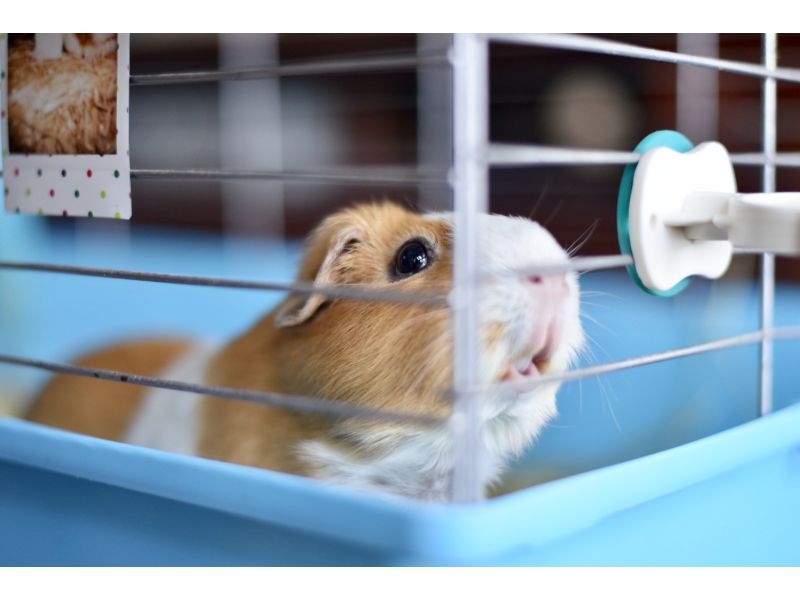
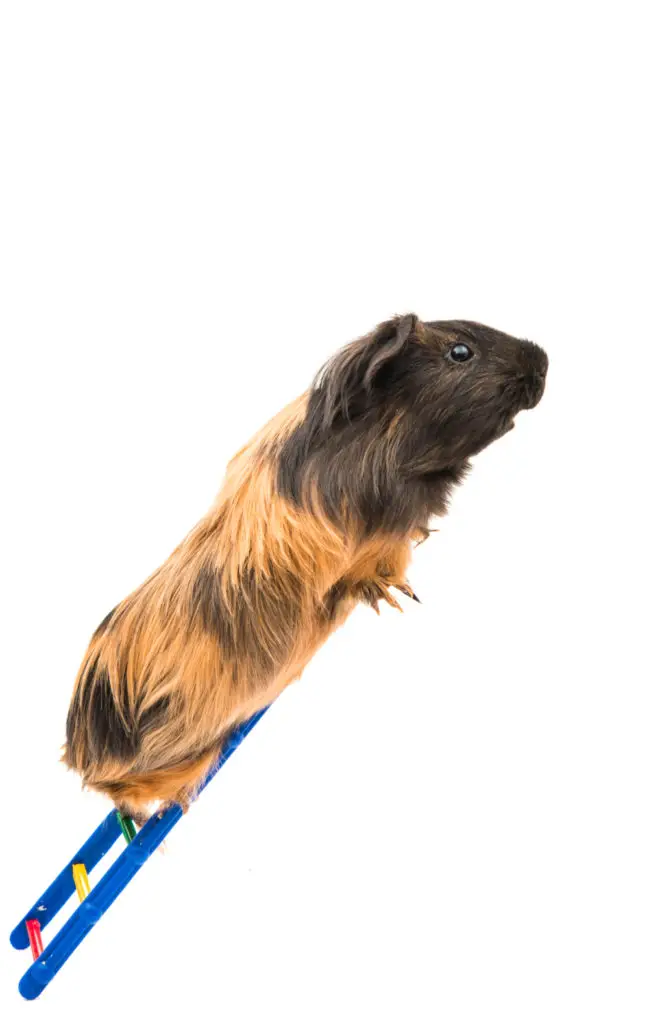
It came to my mind a few years ago that hygiene isn’t all about bathing Guinea pig and/or trimming their nails or clipping Guinea pig nails. This also includes taking care of their oral and dental health.
However, doing any of these requires the utmost trust and comfort from your cavy.
Plus, dedication and patience are needed in attending to your pet’s excessively growing teeth.
Don’t worry, though. In this article, we are going to tackle all of the basic tips and procedures to improve your guinea pig’s dental health.
Wanna know more? Keep on scrolling!
Why Should You Trim Guinea Pig Teeth At Home?
Commonly, guinea pig teeth grow around 1.5mm to 2mm per week.
Whether it’s a molar, premolar, or incisor, their teeth quickly elongate. This is because every tooth of a guinea pig is open-rooted.
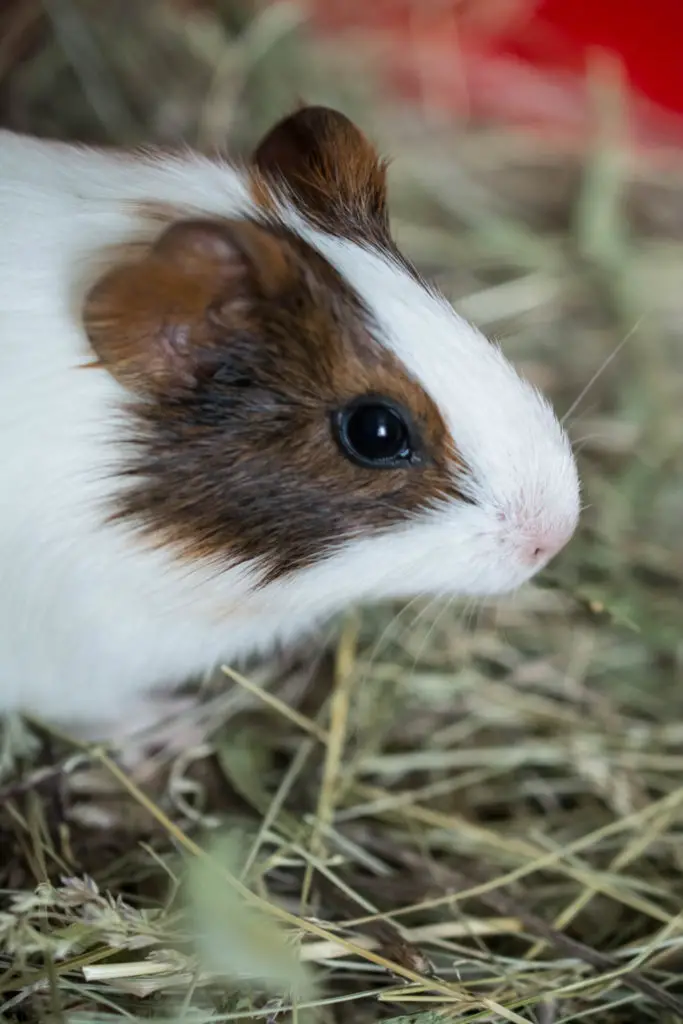
Trimming a guinea pig’s teeth is required, especially for the four main ones (upper and lower incisors) in the front that are easily seen when its mouth is opened.
Since these grow quickly, cutting them down is necessary for their dental health because their mouths would become congested and blocked by excessive tooth growth.
Moreover, not trimming their teeth would cause dental problems due to the presence of long teeth that could injure their jaws and be a home for any harmful microorganisms.
That is why I highly recommend you to take care of your guinea pig’s oral health every time!
How Long Should A Guinea Pig’s Tooth Be?
First, let us talk about the anatomy of a guinea pig’s mouth.
Cavies have 20 teeth commonly. This is comprised of two pairs of upper and lower incisors, a pair of upper and lower premolars, and three pairs of upper and lower molars.
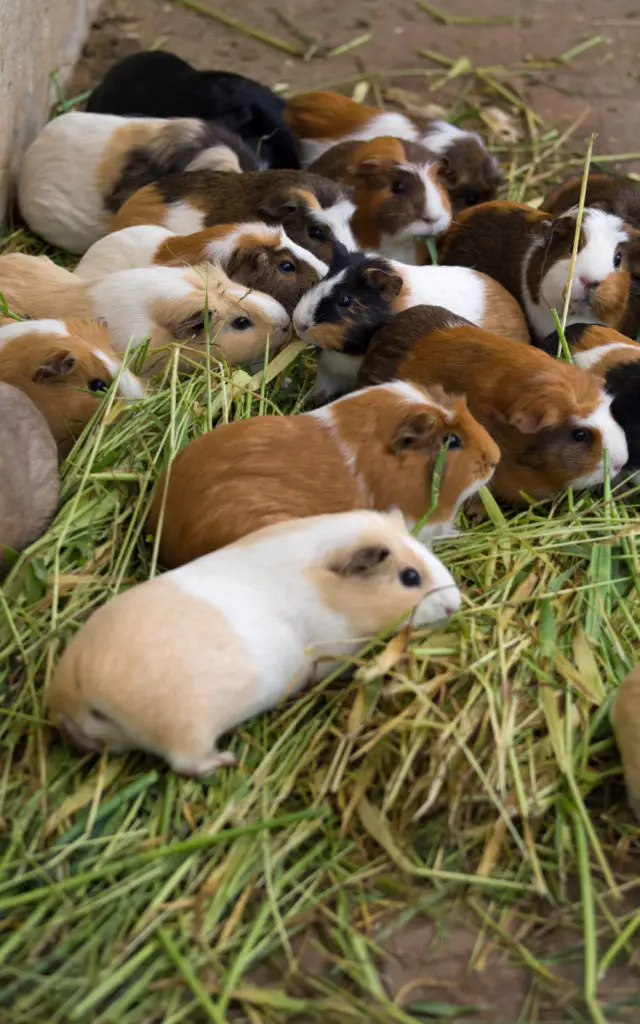
The incisors, as stated above, are the visible ones in the front of their mouths. The premolars and molars are located at the back, with the latter at the furthermost position. These sets of teeth vary in length.
The premolars and the molars don’t have any frequent problems in overgrowing. However, the incisors at the front are the most visible and the longest of them all. (Please read here How big do Guinea pig grow)
A general rule would be that all sets of teeth should remain at the same height as the rest of its group. If one is abnormally longer than the other, it requires a trim.
Generally, guinea pigs can tolerate a small abnormality in tooth length, so you shouldn’t panic and go wild.
However, something is wrong; they are experiencing any of the following symptoms: weight loss, refusal to eat/hesitation when eating, cuts/sores along the mouth and gum line, drooling, and visibly overlong teeth.
If you think that your pet is experiencing any of these problems, you should trim their teeth and follow the next portion of this article:
Ways In Trimming Guinea Pig Teeth At Home
Trimming your guinea pig’s teeth at home is easy as 1, 2, and 3! (Please read here how many teeth do Guinea Pig have)
So, how to trim guinea pig teeth at home?
Here are the top three methods for taking care of your cavy’s tooth:
Step #1. Clipping
You could reduce the length of your pet’s tooth by clipping. However, there is a quick disclaimer!
The dental roots vary from cavy to cavy.
You should take note of the length so that you wouldn’t “over-trim” their tooth, which could hurt them and sensitize their overall dental health.
Assuming that you are confident with your bond and their root length, clipping their tooth isn’t a walk in the park.
To minimize further casualties, you need to prioritize your pet’s comfort firstly. Make sure that they won’t move as much, and they trust you beforehand. (please read here why is my Guinea pig biting me)
As much as possible, two people should do the clipping process.
One should support the cavy, and the other should do the trimming. Their mouths should be stable and opened at an adequate angle that doesn’t harm the piggy.
Use sanitized and sharpened feline clippers to do cut down their tooth.
Cut at an angle and hold the clippers steadily.
Make sure to not excessively cut and leave their teeth for at least two and a half inches long. This enables them to eat properly after the said process.
Overall, clipping requires trust and extreme care. If you’re not confident about it, it is best to approach a veterinarian and let them check your cavy’s oral health.
Step #2. Wearing down
If you can’t trim their teeth confidently, this second option might be the best one for you (you can find here what does it mean when guinea pigs chatter their teeth).
You could cut their tooth length slowly but surely by wearing them down over time.
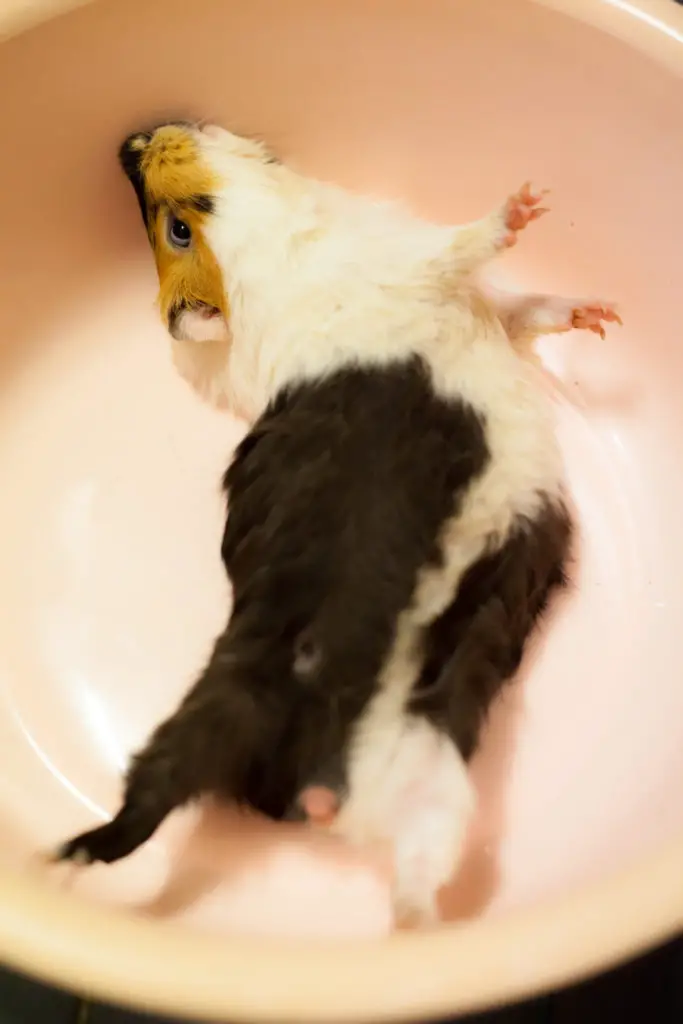
Wearing their teeth down means that you are going to provide safe objects for them to chew on. This doesn’t only reduce the length, but it also increases its strength and sharpness, which are vital for your pet’s daily life.
There are several options for you to do this process.
First, you can incorporate rough and chewable food into their diet. This increases their time in chewing the food down, which prohibits excessive dental growth.
Hay is one of the best foods for them since its calcium content strengthens their teeth, and its fibrous orientation slowly degrades extreme tooth length.
Moreover, you could also offer them fruits and vegetables that offer the same to their dental health. These include corn on the cobs, bell peppers (please read can guinea pigs eat mini sweet pepper first), celeries, and carrots, all of which are great for your guinea pig as well!
Next, you could also opt for chew toys that could be bought in pet stores. Safe, non-toxic chew toys are available in the market, and these rough and tough objects could make your guinea pig chew all day.
Finally, incorporate any wooden sticks or material in their homes. Guinea pigs are interested in and tend to gnaw away these objects.
However, the wood should be small and that of an apple, hickory, maple, or oak tree. Other branches from other species could be detrimental to your cavy’s health.
Step #3. Seeking veterinary help
If you’ve tried the methods above, yet none of them seem to do anything well, consult a veterinarian immediately. These doctors have more knowledge about your pet’s anatomy and could give the best improvements in your cavy’s oral health.
They are equipped with materials and anesthesia, which are better options in filing down excessively long teeth. Try to consult them first if possible and do the rest above as substitute methods only.
Can I Trim A Baby Guinea Pig’s Teeth?
Since they are still developing, don’t meddle with any of their oral parts as much as possible.
Trim the teeth of mature cavies only, and consult a veterinarian if you are unsure or unconfident about it.
How Often Should I Trim Guinea Pig Teeth?
Do this at least once a month to maximize time.
Combining this habit with other grooming/hygiene acts would help your guinea pig a lot.
Only trim when their teeth seem to be abnormal or longer than the rest of its related set.
Final Words
There are three ways on how to trim guinea pig teeth at home: clipping, wearing down, and seeking veterinary help.
The best for your guinea pig is also the best for your bond with them.
Caring for them often is a responsibility that any cavy owner should do.
With this article, your life would be made easier and lighter.
Good luck and best wishes!
